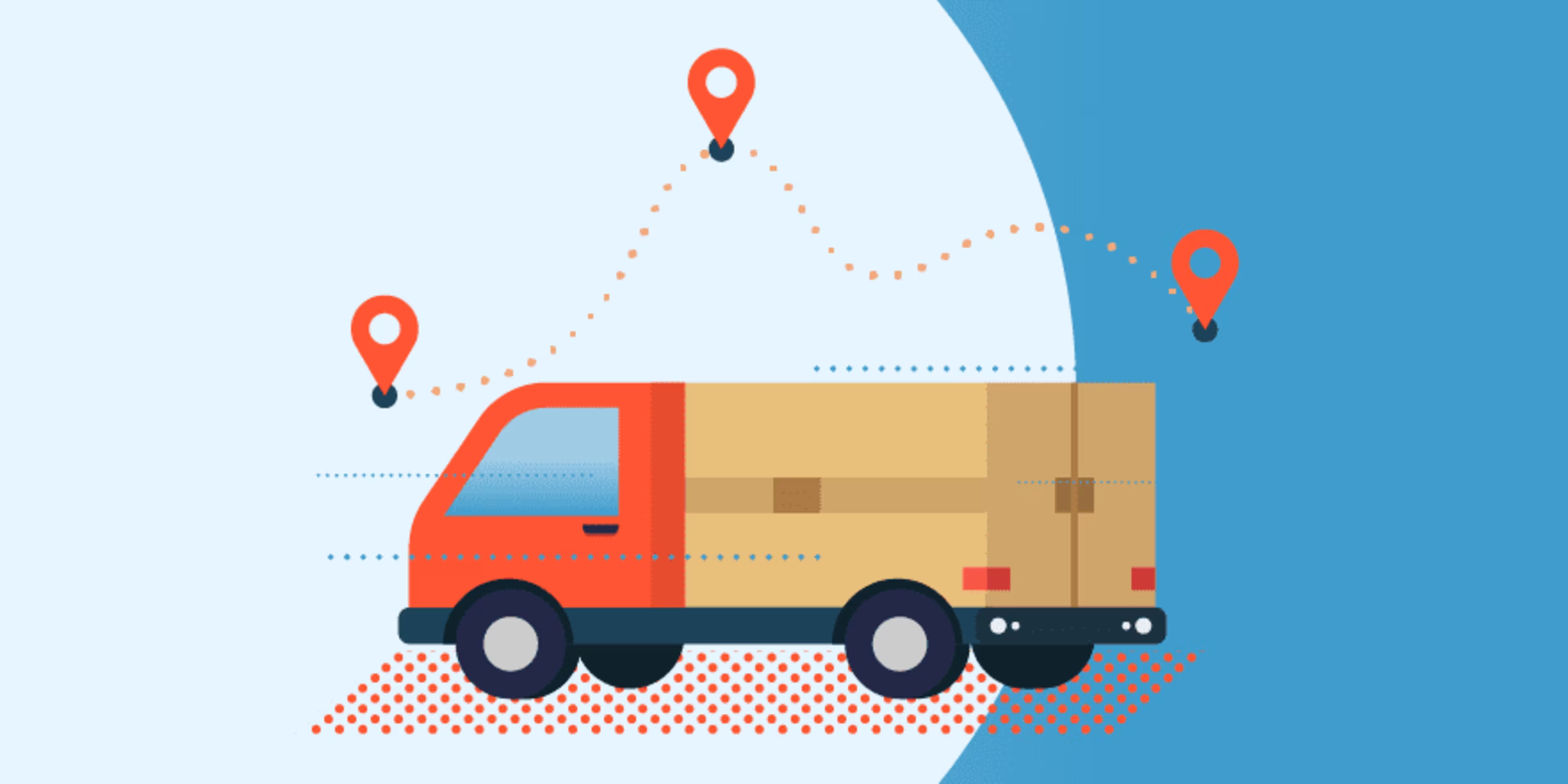Materials handling is a constantly evolving industry. New technologies, new ideas, new practices, new logistics software, and new innovations emerge on a daily basis.
And there's no better example of how conventional logistics is meeting the edge of tomorrow than digitized trucking.

What is digitized trucking?
Put simply: It's a comprehensive, automated system in which logistics are totally controlled by technologies that optimize the vehicle-to-infrastructure relationship.
Digitized trucking systems comprise autonomous communication, remote diagnostics, and a corresponding virtual supply chain. This includes GPS tracking, SMS, and real-time data analysis, all to ease the heavy lifting that can overwhelm operations managers.
Digitized trucking systems are changing the logistics game on a daily basis. EY predicts that by 2025, digitized trucking systems will be primarily responsible for the supply chain enterprise.
Every day, more and more businesses are adopting such practices to reduce costs, drive their bottom line, and enhance operations across the board.
3 ways digitized trucking is impacting the logistics industry
Small and midsize logistics businesses that are interested in this technology can struggle with knowing where to start, identifying potential impacts, or figuring out how, exactly, to apply digitized trucking to their forklift fleet.
The good news is that there are a lot of upsides for logistics companies. Let's dive into three major effects that digitized trucking can have on your materials handling operations: appropriate utilization, fostered integration, and enhanced efficiency.
1. Higher rates of utilization
One of the biggest reasons an enterprise runs into operational bottlenecks is a lack of the right rate of utilization. Digitized trucking can help with that.
A digitized trucking system can introduce and implement cutting-edge supply chain platforms, such as SAP, which automatically selects the appropriate vehicles for the right task.
These applications establish connections with forklift trucks and communicate details such as contents and destination. These systems can also seamlessly send pertinent data (such as hazardous materials and MSDS) to these vehicles, selecting the right vehicle for the right task.
Information technology giant IBM teamed with AOS to incorporate digitized trucking into their blockchain initiatives. As a result, both parties have seen higher rates of utilization in their transportation practices.
With digitized trucking, all of the moving parts are slotted into the right place at the right time. As a result, managers can concentrate on other tasks and focus less on assuring appropriate allocation of resources.
There's another benefit to better utilization: Vulnerabilities and liabilities are less likely to come up, which saves even more time for managers who don't have to spend as many hours on administrative work and are free to strategically plan their next big task or initiative.
2. More integration
Digitization helps you get your trucks integrated into your logistics chain by priming vehicles with real-time data on shipping needs, estimated shipment arrival times, and external information regarding departure times to factories, warehouses, and customers.
Why is that a big deal? These integrations ensure all deliveries are executed in a timely manner while providing complete transparency to external stakeholders. Many leading shipping companies (like UPS) have used such integrations in their operations.
This integration also gives customers more flexibility by letting them remotely track the location of goods, products, and materials. It also provides key performance indicators and metrics, letting you identify areas where you can improve existing processes and protocols.
This all means small business leaders can be more hands-off with the small stuff and focus on the big picture. Tasks that previously took hours can be done in a matter of minutes thanks to the convenience and efficacy of these tools. The entire supply chain can be carried on a tablet or mobile device, further reducing stress levels around otherwise arduous tasks.
3. Enhanced efficiency
On both macro and micro levels, digitized trucking enhances and boosts efficiency and productivity by integrating cutting-edge materials handling practices into daily operations.
When you use digitized trucking, you're placing a big emphasis on cost reduction, inventory optimization, and safety awareness, which naturally result in increased efficiency and productivity.
Digitized trucking can also mean more internal growth for organizational development from a management perspective, letting them become more involved in the practices and behaviors of their staff. As a result of enhanced efficiency across business units, cross-functional teams are often keen to implement related initiatives.
All of this leads up to one, important additional digital trucking benefit: an increase in workplace morale. This can take the form of a safety-focused environment, satisfied employees, and profitability that reaches new plateaus on a regular basis.
All of this will, in the long term, catapult any materials handling, procurement, or logistics business to new heights.
Want to learn more about logistics and inventory management?
Check out these helpful articles to get started: